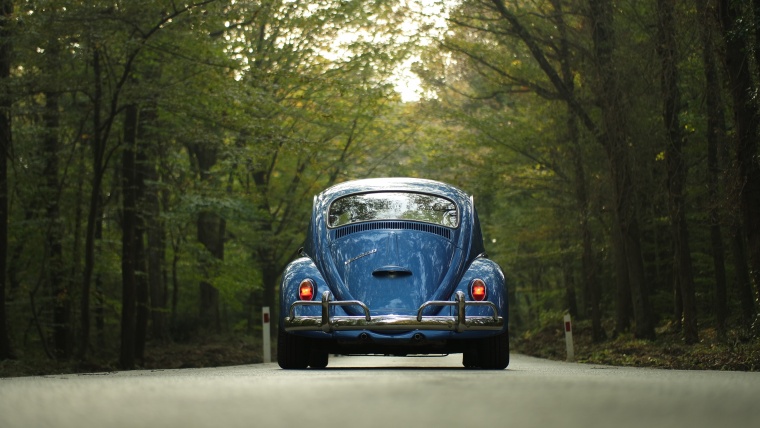
It is not easy to master and learn photography. Even the expert photographers say they always find something new to learn. People believe that practice makes perfect. However, it is always worth rethinking our learning path and ask ourselves “Is it the most effective way to learn photography?” because pointless practice could hinder us from improving. I would like to share some of my experiences on figuring out the best learning path. Although they might not be professional advice, I hope you would find the following tips useful.
Table of Contents
We have to understand what makes a good photo. You may start by appreciating others’ photos and attempting to constructively criticize them. Constructive criticism means you have to comment the photos on both of their strengths and weaknesses. Through commenting on photos of the others, you will be trained to identify what makes a good or bad photo.
Although it is subjective to judge the aesthetics of a photo, the good photos still share some common characters. The inspiration comes from a book called The Photographer’s Vision, which is written by Michael Freeman. They are summarized as below:
In order to demonstrate an idea in a photo, the photographer must be capable of mastering the related photography skills. He should be able to realize his thought and show it in the photo. Precise focusing, appropriate use of light are the essential elements of a good photo.
Despite the fact that some photographers purposely ignore these elements in their masterpieces, it is unacceptable for a photographer to neglect them due to ignorance. The former one knows what he is doing, and is able to predict the expected outcome. On the other hand, the latter one simply omits the fundamental characters of a good photo and the photo would probably turn out ordinary and unprofessional.
A good photo often evokes resonance among the audience. It would be excellent if the photograph arouses discussion and attracts the attention of the viewers. Resonance is usually evoked among the people when they have a similar experience with the scene captured. Therefore, the selection of theme should be carefully done.
There should be more than a single level of experience for a good photo. Multilevel experience means the audience should find something new when they look at the photo closely. It sounds abstract? Let me explain with an example. Imagine there is a portrait. The strong tonal contrast of the portrait grabs the attention from the audience. This is the first level experience. The second level of experience is achieved when the audience thinks about the message behind the photo by looking closely to the content of the photo. The work which provides a multi-level experience is more likely to attract an audience.
If there is a message or a theme behind the photo, you will outshine the others as the audience would be more impressed by the photos that arouse in-depth reflection and thinking.
Imitation is an important learning process. By imitating the masterpieces, we are learning from the experts’ experiences. Their experiences enable us to understand how they interpret photography and the appropriate use of skills. It is always beneficial to read the biography of these masters as you will know more about how they evolve into a master of photography. One of my interested themes is street photography. Therefore, I am now reading the biography of Henri Cartier-Bresson. He is undoubtedly a master of street photography. By reading his biography, you will understand how he trained himself to catch ‘the decisive moment’.
Rather than simply glancing through the works done by others, it is suggested to find out the common characteristics that shared among the works by the photographer that you want to learn from.
It is time to explore your own style in photography when you have got your fundamental skills and concepts consolidated. To be more specific, style could be referring to the uses of tone, the ways of composition and even the choices of the theme.
Photography is art. In order to achieve more in photography, we need endless new ideas. We are sometimes inspired by the music we listened or the books that we read when we come across with new ideas. By incorporating the ideas from music or books into a photo, the content of our work would be enriched undoubtedly.
You may do an experiment on this. Try listening to a brand new music genre that you have never tried. If you used to listen to pop music, you may try classical or metal, whatever. New ideas may emerge after a period of time. What’s more, your interpretation of the surroundings may have some insignificant changes. These minor changes would re-shape your photography style to a certain extent. I am not saying that you must change your present style, but listening to music of another genre would give you a chance to explore the world from another perspective. Books are also a way to discover the world from a new perspective. I highly recommend classical literature as they were written by polished authors and they usually carry messages.
It is time to rethink the learning path of photography. Learning effectively can always help us achieve and improve more. More importantly, it helps us preserve the passion in enjoying photography.
Comments (0)
There are no comments yet.